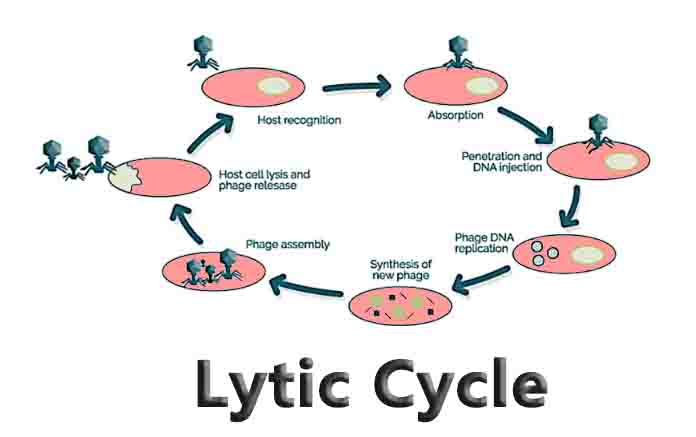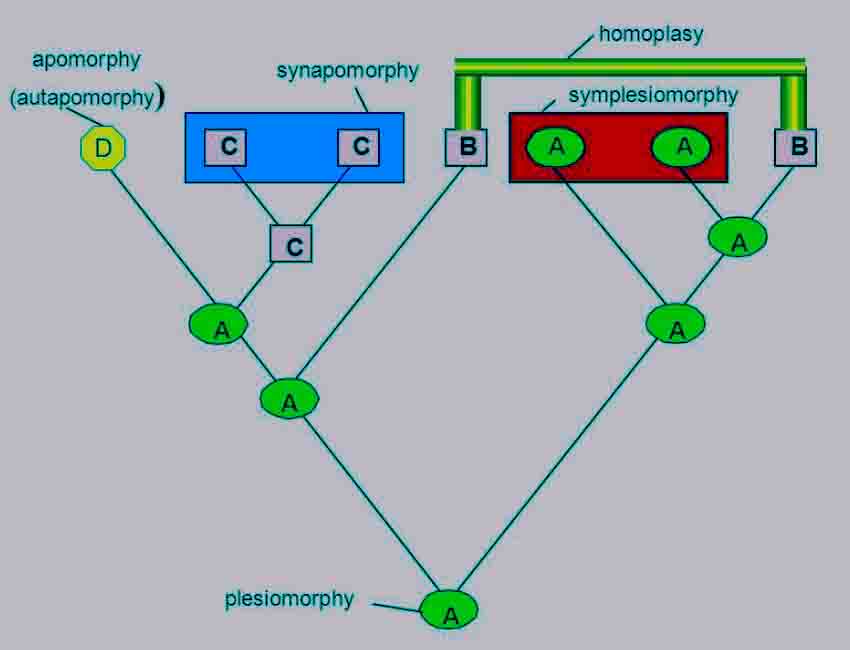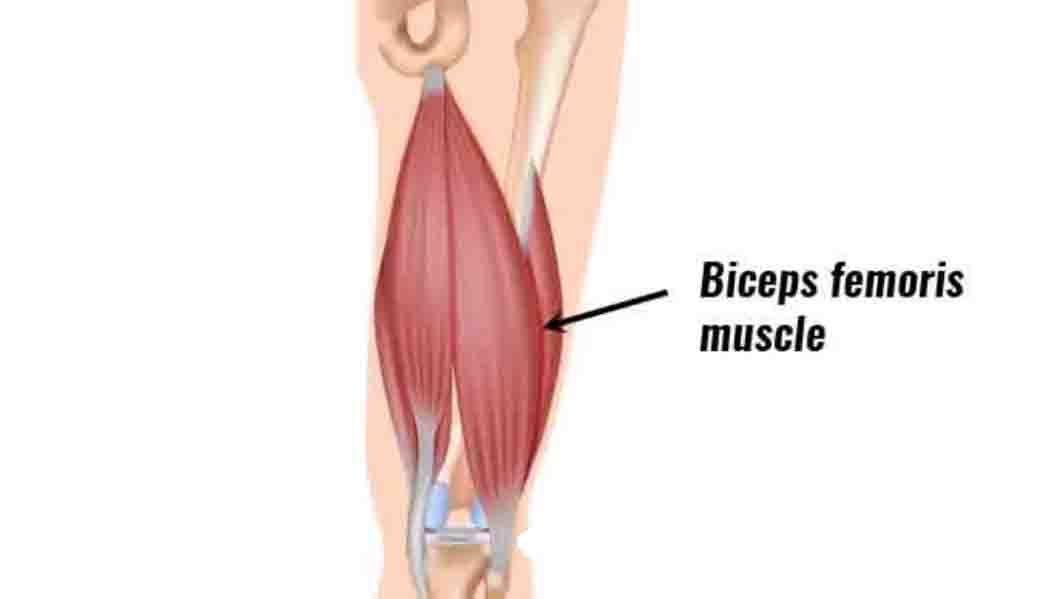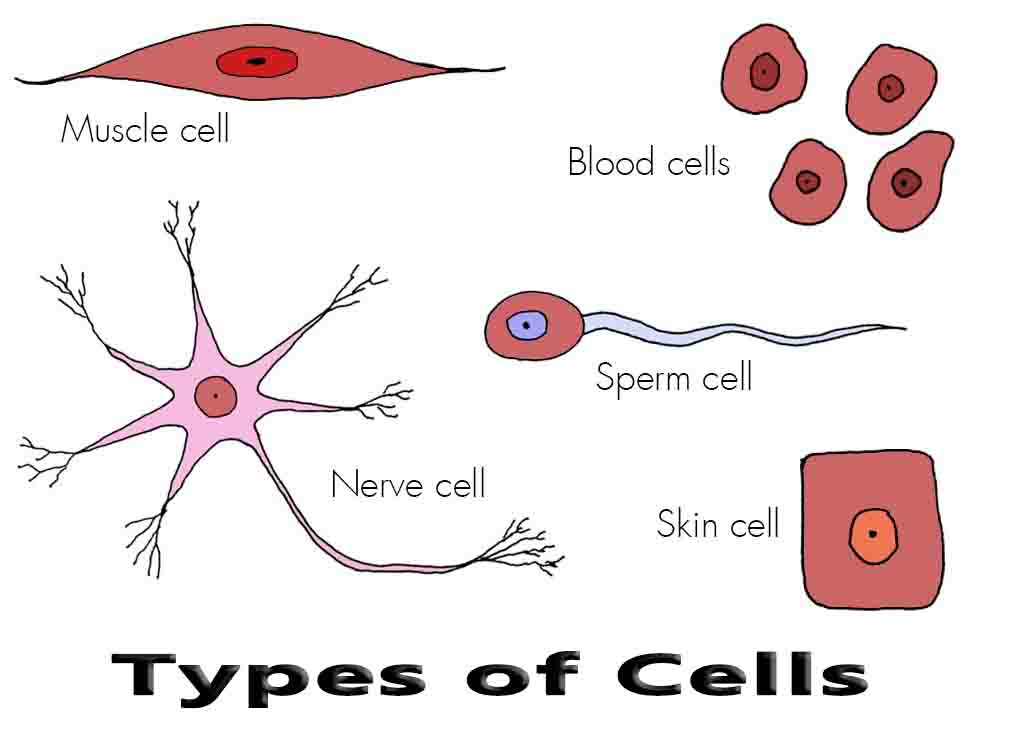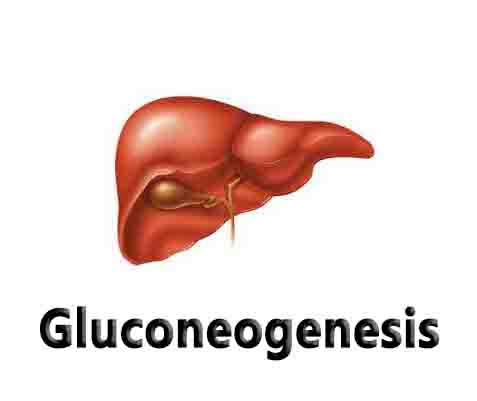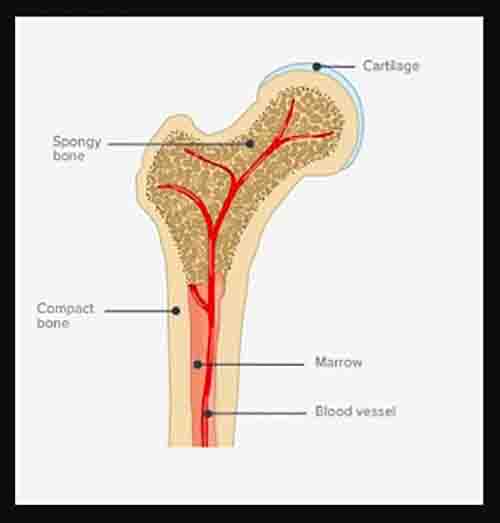CEO Job Description: Navigating the Pinnacle of Leadership
In the fast-paced corporate world, the role of a Chief Executive Officer (CEO) stands out as a pivotal force driving an organization’s success. As companies navigate through dynamic landscapes, the CEO’s job description has evolved, demanding a unique set of skills and qualities. In this article, we explore the intricacies of the CEO role, from … Read more



